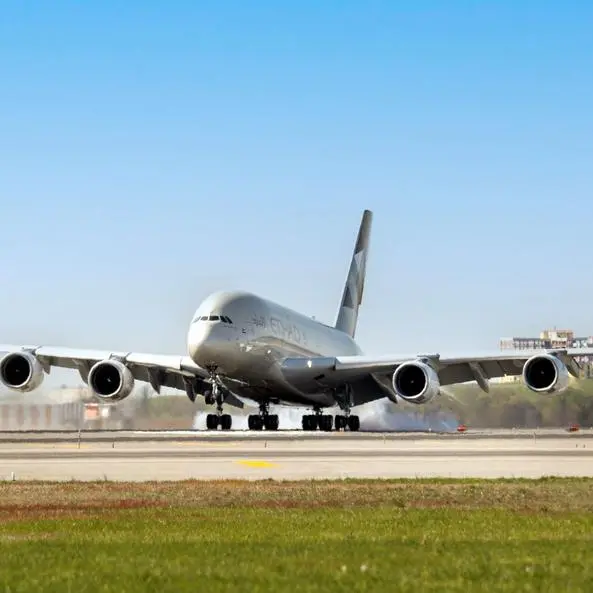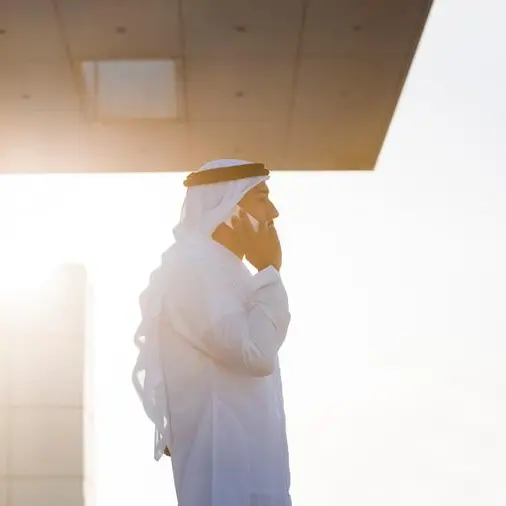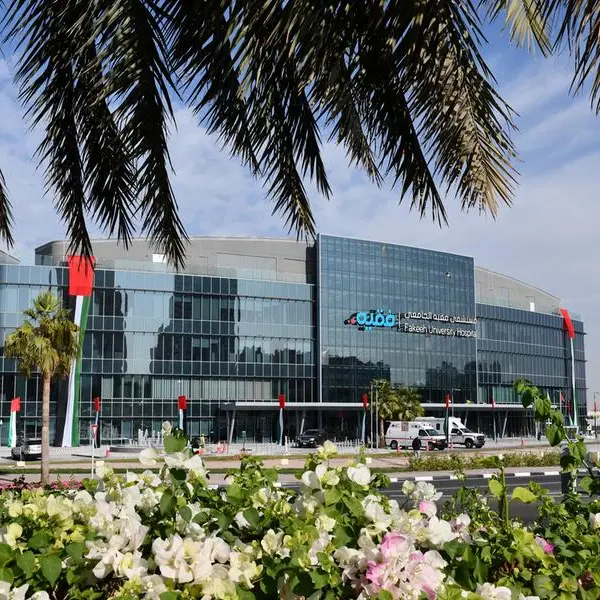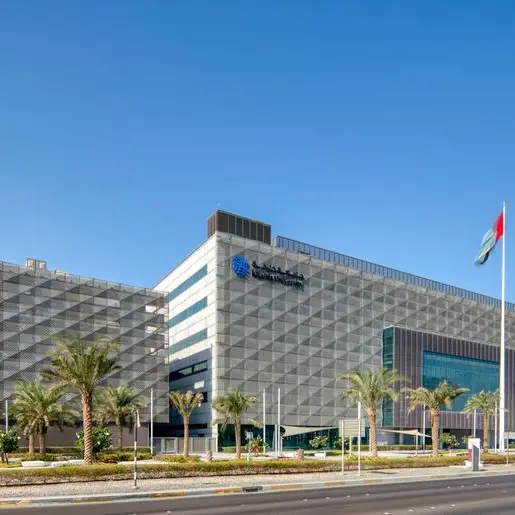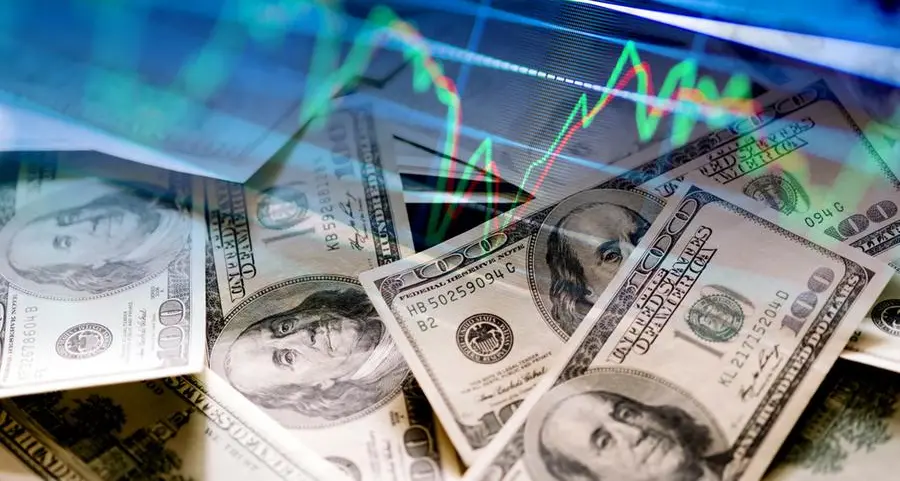18 August 2015
JEDDAH -- Standard & Poor's Ratings Services affirmed its 'AA/A-1' long- and short-term foreign and local currency sovereign credit ratings on Kuwait. The outlook is stable.
Prices for crude oil have fallen by around 50% in the last year. We now forecast an average Brent oil price of 55/bbl in 2015 and 67.5/bbl in 2015-2018. The sharp fall in oil prices over the past year has significantly affected Kuwait's fiscal and current account (flow) positions.
Nevertheless, our ratings on Kuwait remain unchanged as they continue to be supported by the sovereign's high levels of accumulated wealth and very strong external and fiscal asset (stock) positions the Kuwaiti government, via the Kuwait Investment Authority (KIA), has accumulated substantial assets through oil and gas production over the years, saving its oil wealth in what we consider to be a prudent manner.
"The government's large net asset position, which we estimate at over three times GDP at the end of 2015, is a significant ratings strength providing a substantial buffer to lower oil prices," S&P said.
Nevertheless, the ratings are constrained by a very heavy reliance on oil, as well as domestic political risk and regional geopolitical tensions.
"Our base-case scenario assumes that, despite the sharp fall in the oil price, OPEC will chose to broadly maintain its current oil production levels to undermine shale-oil production," it noted.
Consequently, Kuwaiti oil output will remain at least 2.7 million barrels per day until 2018. Kuwait's production is also likely to increase if OPEC choses to increase production, and if Kuwait's planned investment in the sector comes to fruition.
The general government budget has averaged a surplus of around 35% of GDP for the past decade, if we include investment income from funds held by the Kuwait Investment Authority (KIA).
Fiscal surpluses in past years have contributed to the build-up of the significant net general government (and external) asset stocks. Even in the lower oil price environment, the Kuwaiti government will continue to run surpluses of around 14% of GDP for the budget years 2015-2018, when we include investment income from KIA funds.
The 2015/16 budget has a reduced spending plan of Kuwaiti dinar (KWD) 19 billion (compared to a budgeted allocation of KWD23.2 billion in 2014/15) and a planned deficit of KWD8.2 billion. Kuwait typically spends below its proposed budgetary allocations and with lower average oil prices in 2015/16 onward it will likely generate significant automatic savings on the fuel subsidy bill.
In addition, some large one-off costs incurred in 2014/15, such as social security fund top-ups, are unlikely to repeat in 2015/16. When investment income is included, we forecast that Kuwait will still run a surplus in 2015/16.
"We estimate that strong oil exports led to current account surpluses averaging more than 37% of GDP in 2008-2014. We forecast these surpluses will fall to an annual average of 15% in 2015-2018. Given the government's policy of investing a large portion of its surpluses abroad, we estimate Kuwait had a net external asset position of more than 300% of current account receipts (CARs) in 2014," the rating
"We believe the government will maintain this large asset position given ongoing external surpluses and reinvestment but we note a distortion in the ratio due to a sharp decline in the denominator because of the fall in current account receipts (owing to lower oil prices)."
At the same time, we project that gross external financing needs will remain relatively low, averaging around 75% of CARs plus usable reserves in the next four years.
Kuwait had increased its annual contributions to the KIA's Future Generations Fund (FGF) from 10% to 25% of total revenues in the last few fiscal years including in 2014/15, because higher oil prices had produced very strong revenues.
Now that oil prices are sharply lower, transfers to the fund from 2015/16 are planned to revert back to 10% from 2015/16 onward.
The fund will still continue to grow on reinvested earnings and ongoing, albeit lower, contributions. Disclosure about the size and structure of the FGF and KIA's assets is limited but the Sovereign Wealth Fund Institute and other sources estimate total assets at $592 billion at end-2014.
"We estimate real GDP growth to average about 2.1% in 2015-2018, but GDP per capita growth to contract by about 1% annually, partly because of high population growth, which is to an extent linked to large numbers of expatriates. Nevertheless, Kuwait's high wealth we estimate GDP per capita at 44,500 in 2015means that its weak economic growth performance (on a per capita basis) does not currently affect our ratings."
Kuwait's exchange rate is pegged to an undisclosed basket of currencies, with a large US dollar component, which limits its monetary flexibility. "We view its monetary flexibility as limited although we acknowledge that the exchange rate regime is consistent with Kuwait's reliance on US dollar-based oil revenues and that Kuwait has sufficient resources to defend the peg. Kuwait's financial system remains fairly stable, in our view; its banks maintain healthy capital levels," S&P said.
JEDDAH -- Standard & Poor's Ratings Services affirmed its 'AA/A-1' long- and short-term foreign and local currency sovereign credit ratings on Kuwait. The outlook is stable.
Prices for crude oil have fallen by around 50% in the last year. We now forecast an average Brent oil price of 55/bbl in 2015 and 67.5/bbl in 2015-2018. The sharp fall in oil prices over the past year has significantly affected Kuwait's fiscal and current account (flow) positions.
Nevertheless, our ratings on Kuwait remain unchanged as they continue to be supported by the sovereign's high levels of accumulated wealth and very strong external and fiscal asset (stock) positions the Kuwaiti government, via the Kuwait Investment Authority (KIA), has accumulated substantial assets through oil and gas production over the years, saving its oil wealth in what we consider to be a prudent manner.
"The government's large net asset position, which we estimate at over three times GDP at the end of 2015, is a significant ratings strength providing a substantial buffer to lower oil prices," S&P said.
Nevertheless, the ratings are constrained by a very heavy reliance on oil, as well as domestic political risk and regional geopolitical tensions.
"Our base-case scenario assumes that, despite the sharp fall in the oil price, OPEC will chose to broadly maintain its current oil production levels to undermine shale-oil production," it noted.
Consequently, Kuwaiti oil output will remain at least 2.7 million barrels per day until 2018. Kuwait's production is also likely to increase if OPEC choses to increase production, and if Kuwait's planned investment in the sector comes to fruition.
The general government budget has averaged a surplus of around 35% of GDP for the past decade, if we include investment income from funds held by the Kuwait Investment Authority (KIA).
Fiscal surpluses in past years have contributed to the build-up of the significant net general government (and external) asset stocks. Even in the lower oil price environment, the Kuwaiti government will continue to run surpluses of around 14% of GDP for the budget years 2015-2018, when we include investment income from KIA funds.
The 2015/16 budget has a reduced spending plan of Kuwaiti dinar (KWD) 19 billion (compared to a budgeted allocation of KWD23.2 billion in 2014/15) and a planned deficit of KWD8.2 billion. Kuwait typically spends below its proposed budgetary allocations and with lower average oil prices in 2015/16 onward it will likely generate significant automatic savings on the fuel subsidy bill.
In addition, some large one-off costs incurred in 2014/15, such as social security fund top-ups, are unlikely to repeat in 2015/16. When investment income is included, we forecast that Kuwait will still run a surplus in 2015/16.
"We estimate that strong oil exports led to current account surpluses averaging more than 37% of GDP in 2008-2014. We forecast these surpluses will fall to an annual average of 15% in 2015-2018. Given the government's policy of investing a large portion of its surpluses abroad, we estimate Kuwait had a net external asset position of more than 300% of current account receipts (CARs) in 2014," the rating
"We believe the government will maintain this large asset position given ongoing external surpluses and reinvestment but we note a distortion in the ratio due to a sharp decline in the denominator because of the fall in current account receipts (owing to lower oil prices)."
At the same time, we project that gross external financing needs will remain relatively low, averaging around 75% of CARs plus usable reserves in the next four years.
Kuwait had increased its annual contributions to the KIA's Future Generations Fund (FGF) from 10% to 25% of total revenues in the last few fiscal years including in 2014/15, because higher oil prices had produced very strong revenues.
Now that oil prices are sharply lower, transfers to the fund from 2015/16 are planned to revert back to 10% from 2015/16 onward.
The fund will still continue to grow on reinvested earnings and ongoing, albeit lower, contributions. Disclosure about the size and structure of the FGF and KIA's assets is limited but the Sovereign Wealth Fund Institute and other sources estimate total assets at $592 billion at end-2014.
"We estimate real GDP growth to average about 2.1% in 2015-2018, but GDP per capita growth to contract by about 1% annually, partly because of high population growth, which is to an extent linked to large numbers of expatriates. Nevertheless, Kuwait's high wealth we estimate GDP per capita at 44,500 in 2015means that its weak economic growth performance (on a per capita basis) does not currently affect our ratings."
Kuwait's exchange rate is pegged to an undisclosed basket of currencies, with a large US dollar component, which limits its monetary flexibility. "We view its monetary flexibility as limited although we acknowledge that the exchange rate regime is consistent with Kuwait's reliance on US dollar-based oil revenues and that Kuwait has sufficient resources to defend the peg. Kuwait's financial system remains fairly stable, in our view; its banks maintain healthy capital levels," S&P said.
© The Saudi Gazette 2015
